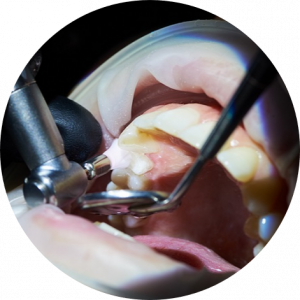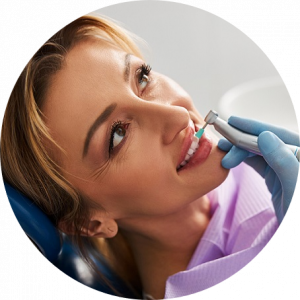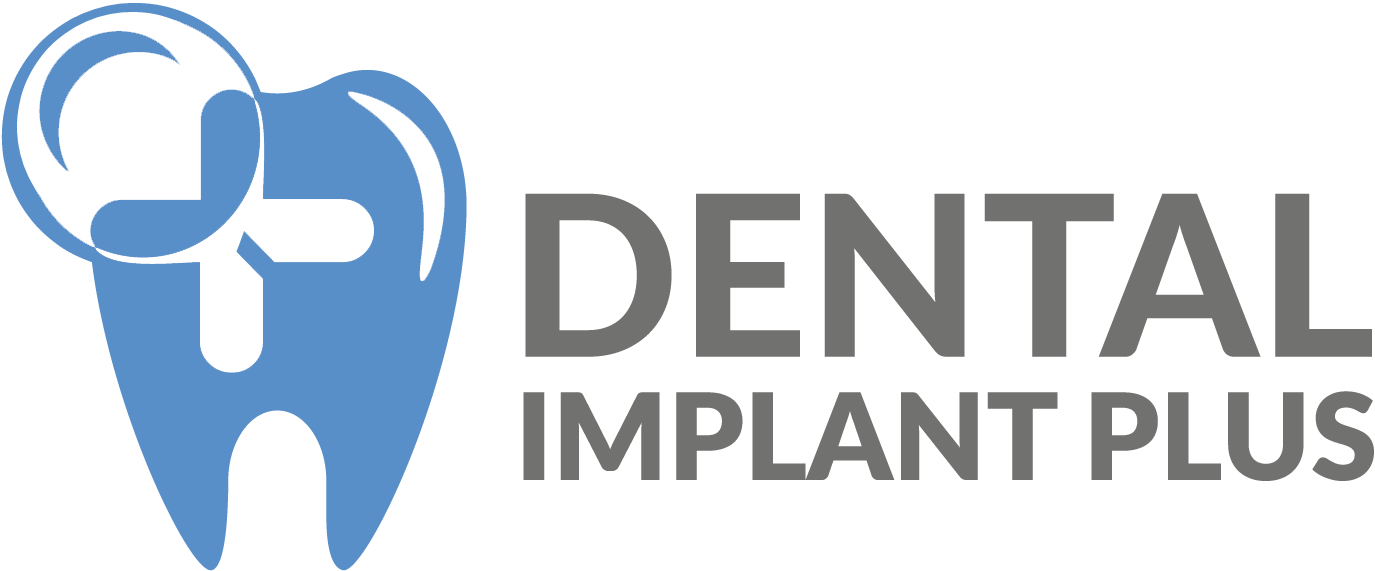Home » How Dental Polishing Can Improve Your Oral Health
What Can Dental Polishing Do for Your Oral Health?
Polishing, in any fashion, evokes images of shiny, smooth exteriors. No matter what it is – a car, kitchen counter, shoes – anything that’s polished protects and enhances the look and wearability of the product. And it’s the same for your teeth! Dental polishing is part of a professional cleaning procedure that involves removing stains from the teeth. Although it mainly stars as a cosmetic treatment, its purpose extends beyond that. Tooth polishing is ideal for smoothing the surface of the tooth and rectifying minor tooth imperfections – which in turn can improve oral health. It is a painless, mechanical procedure that reaps instant results and can boost your confidence in your smile. Many types of dental polishing play at hand here, and the aim of this post is to review them all.
It is a painless, mechanical procedure that reaps instant results and can boost your confidence in your smile. Many types of dental polishing play at hand here, and the aim of this post is to review them all.
Type of Dental Polishing
- Rubber cup: The hygienist uses a dental drill with a rubber cup. The cup is coated in a slightly abrasive polishing paste, prophylaxis paste, and used to buff and polish your teeth. The paste will scrub away any stains and smooth the tooth surface. It is more traditional and laborious and it is hard to get into the crevices of the teeth with this method.
- Air polishing: A controlled jet of pressurised air, water, and sodium bicarbonate. It is an excellent option for cleaning underneath the gum line and around orthodontic braces and fillings. It is also beneficial for people with sensitive teeth as it is minimally invasive.
- Therapeutic polishing: This procedure is usually done when the tooth root is exposed during dental surgery. Therapeutic polishing supports the removal of any bacteria from the surface of the cementum (surface of the tooth root).
Plaque Biofilm and Stains
If you’re caffeine or red wine fanatic, you probably know that they come with a price. Such beverages, along with poor oral habits like smoking, can cause your teeth to stain and may mean more regular dental checkups. Biofilm is a layer of bacteria that can build up in your mouth. So in that case, plaque is simply a type of biofilm. If plaque isn’t removed, it accumulates and forms a mineral substance called tartar, which can only be removed in a dental clinic. Left untreated, tartar can lead to gum disease. Luckily, there are three ways to prevent this sequence of events. Regular brushing, flossing and annual or biannual professional cleanings at your dentists will help manage plaque build-up and make it easier to brighten that smile.Tooth Polishing Procedure
The type of polishing process you get will depend on your dentist’s preference and expertise. Some dentists prefer to go for the traditional dental drill with a rubber cup filled with a prophylaxis paste. This paste lessens the risk of plaque and stain build-up. The thickness of the grit determines the effectiveness of the stain removal. Coarse grit will remove tough stains, but fine pastes are less damaging and result in a highly lustrous finish. Others opt for a pressurised jet of air, water, and a finer abrasive agent, like baking soda. While both are sturdy options, the latter is praised for more effective interdental polishing and takes less time.
The general polishing procedure follows this order:
Others opt for a pressurised jet of air, water, and a finer abrasive agent, like baking soda. While both are sturdy options, the latter is praised for more effective interdental polishing and takes less time.
The general polishing procedure follows this order:
- Teeth and gums are inspected for decay and any signs of weakness in the enamel.
- An ultrasound scraper scrapes off plaque and tartar from the surface of the teeth.
- Stains are removed from the teeth with buff and polish before being flossed and treated with fluoride.






